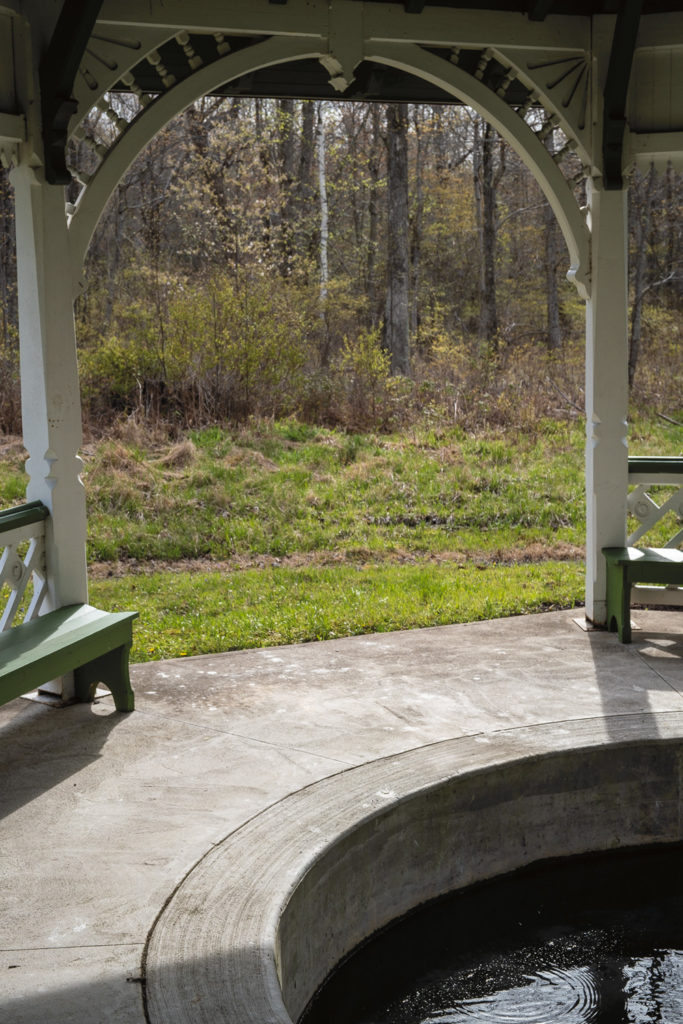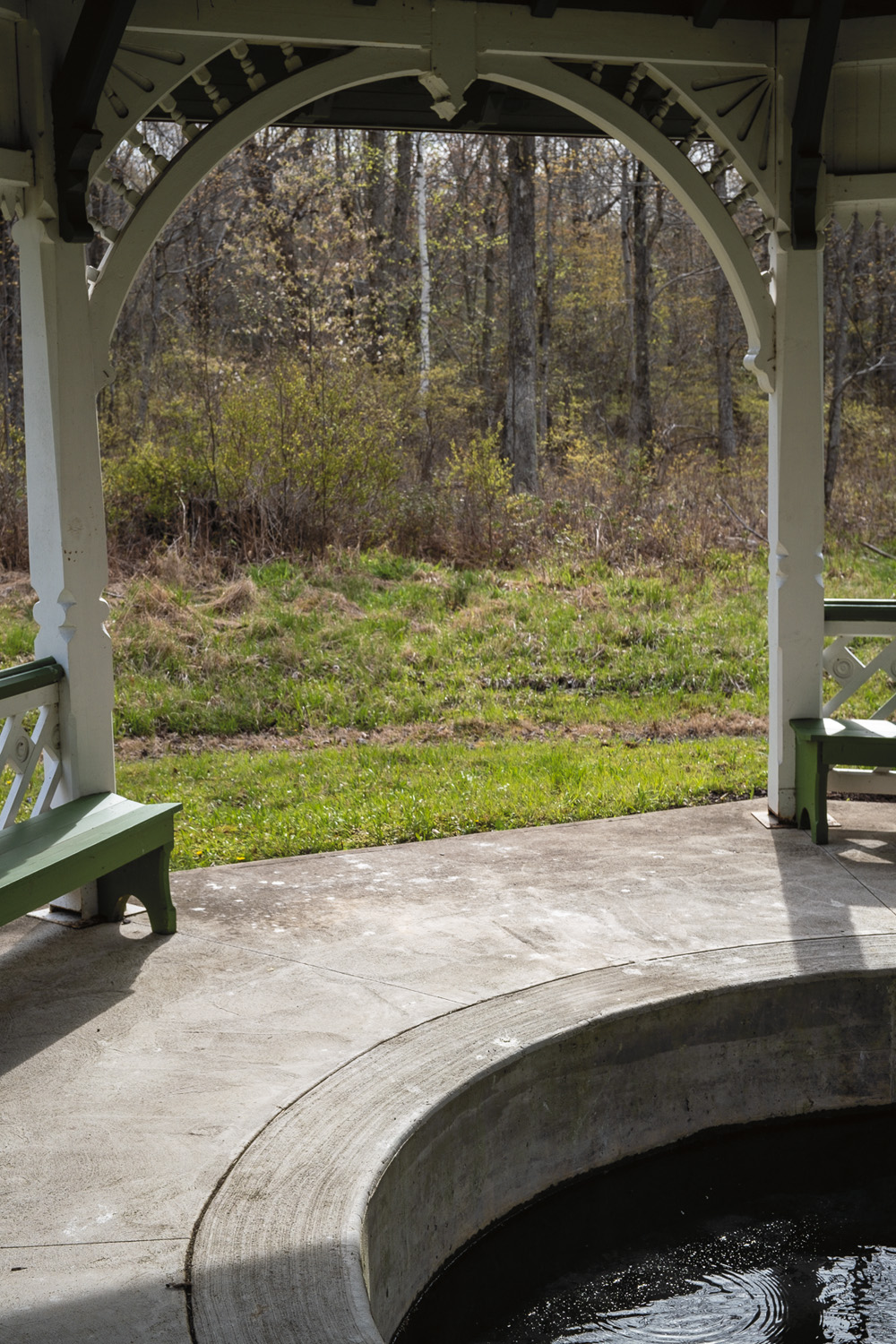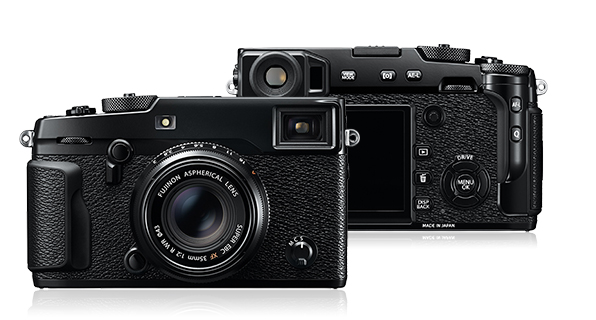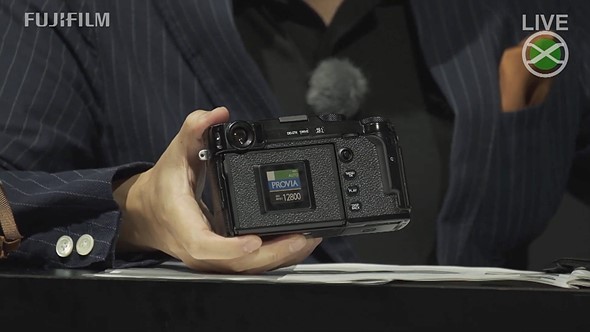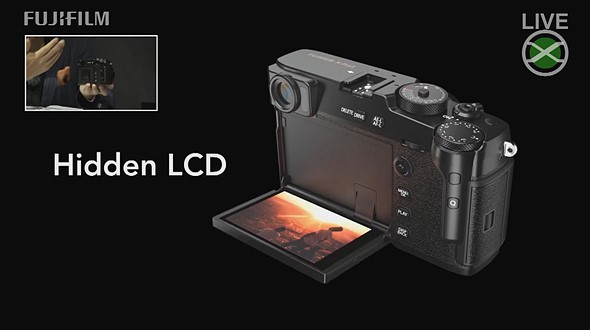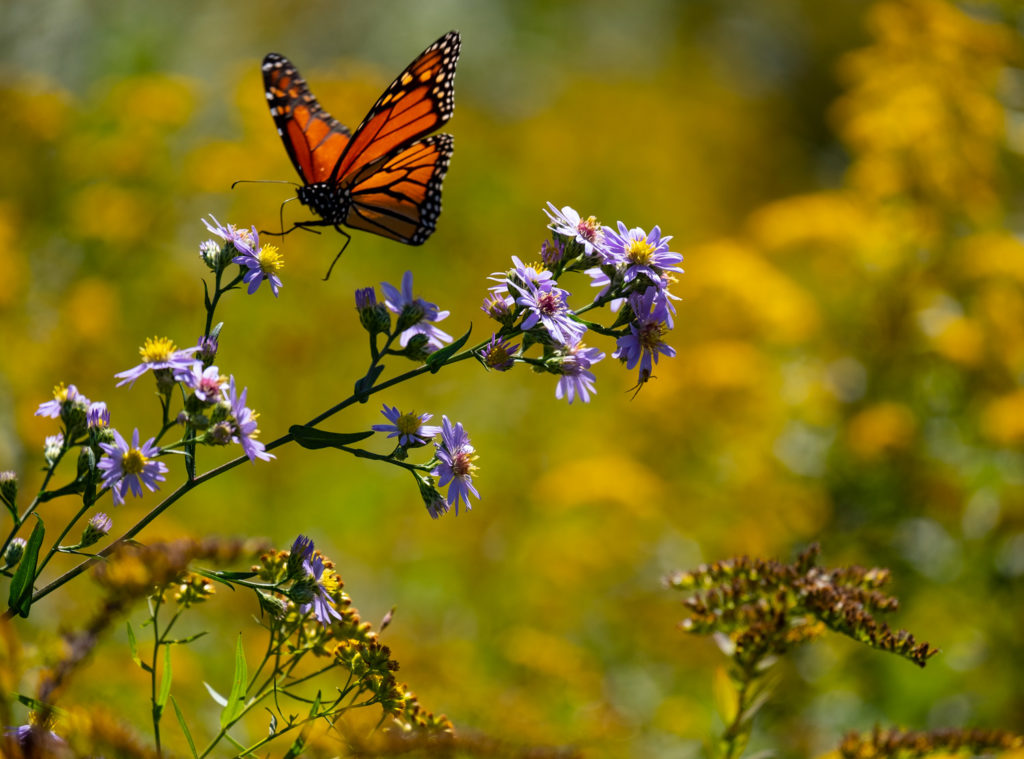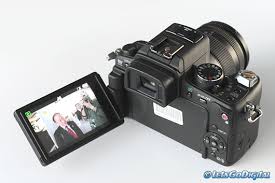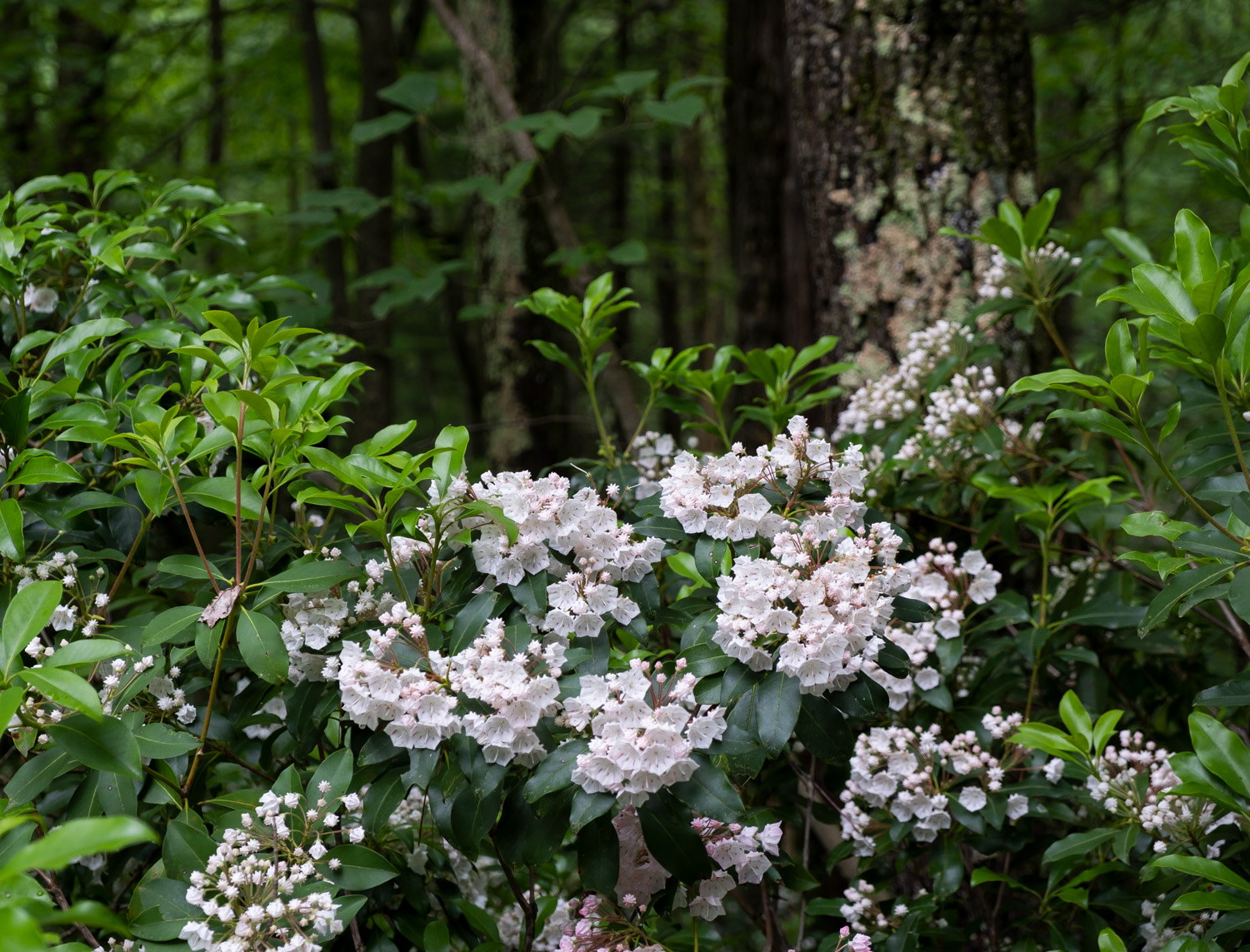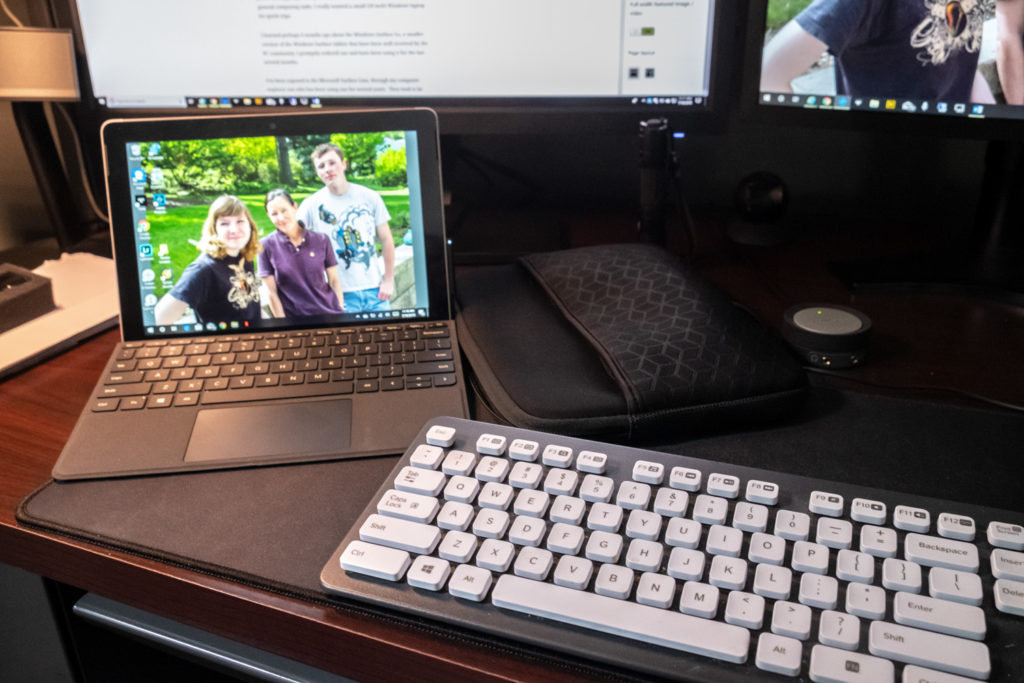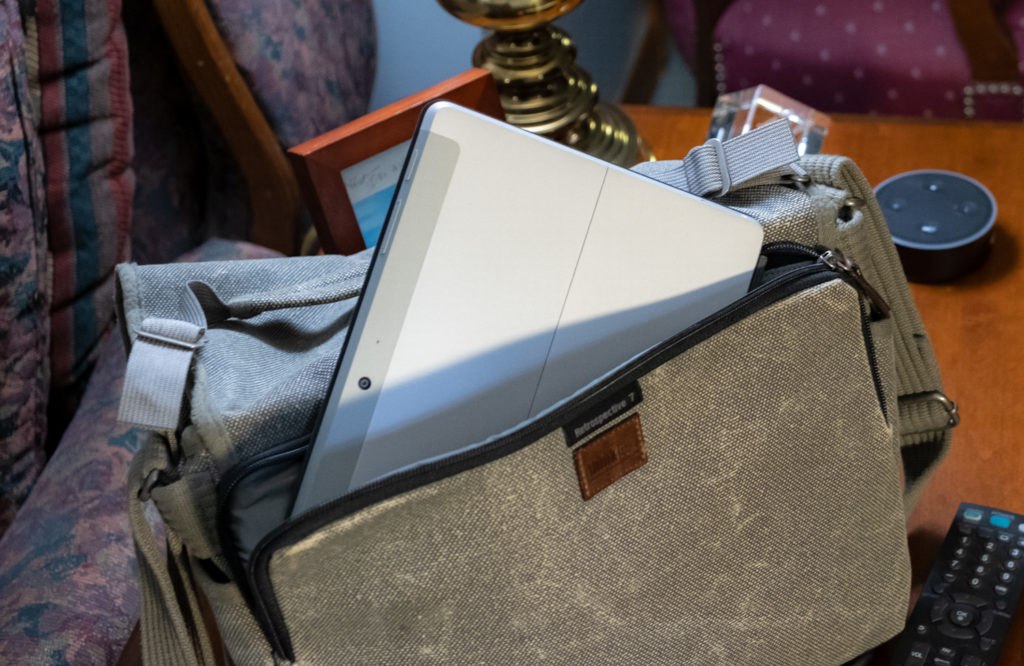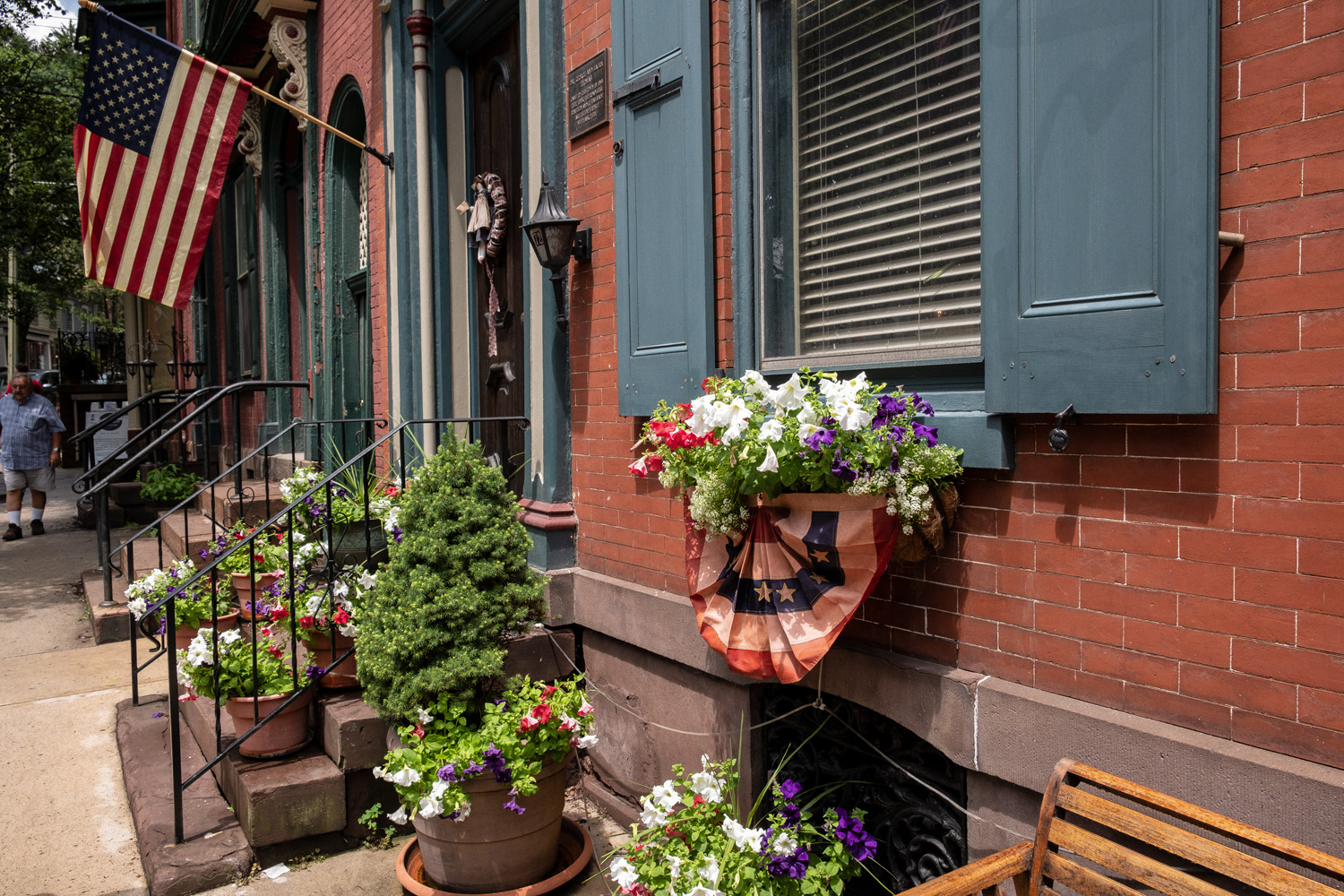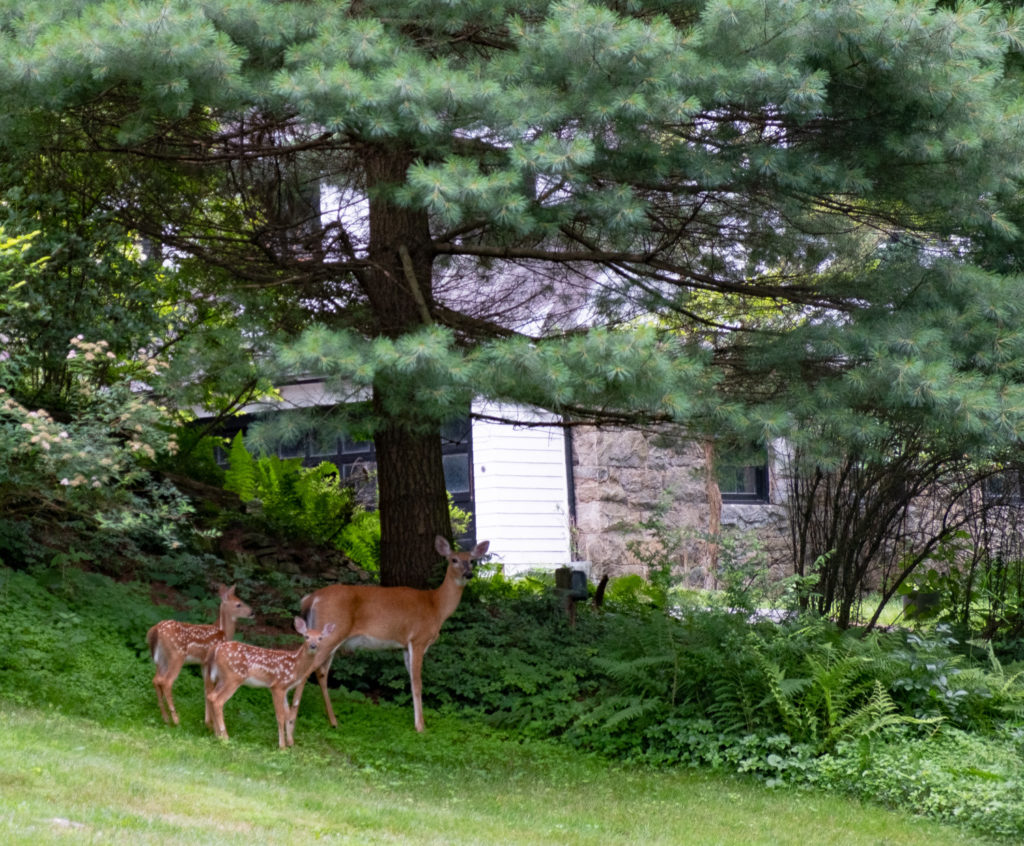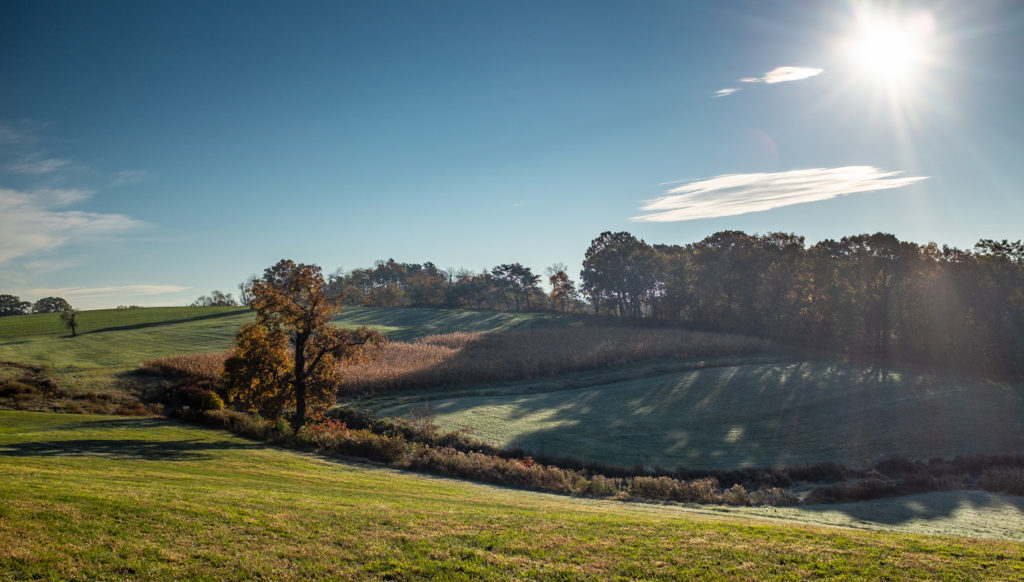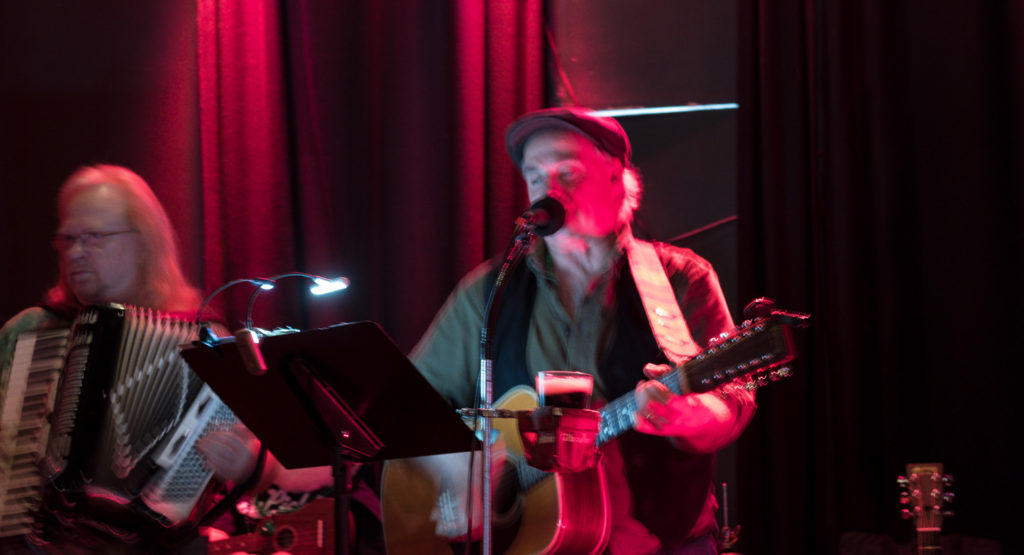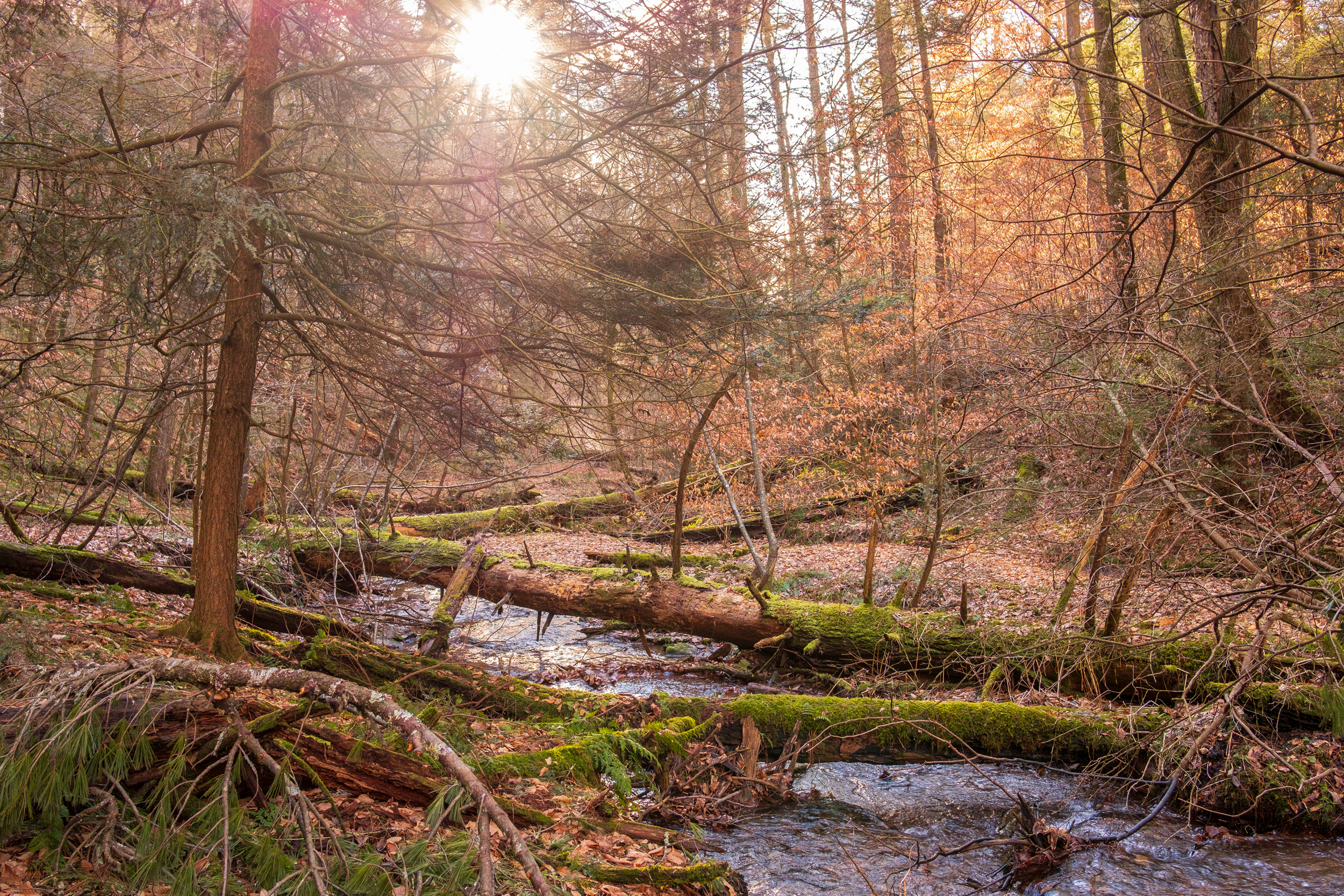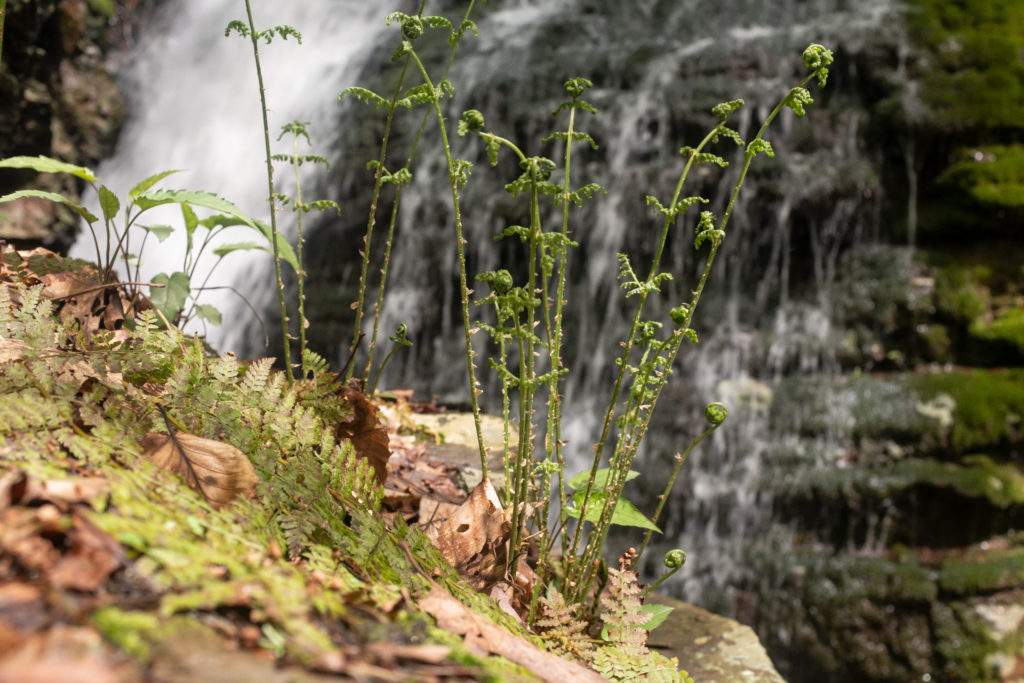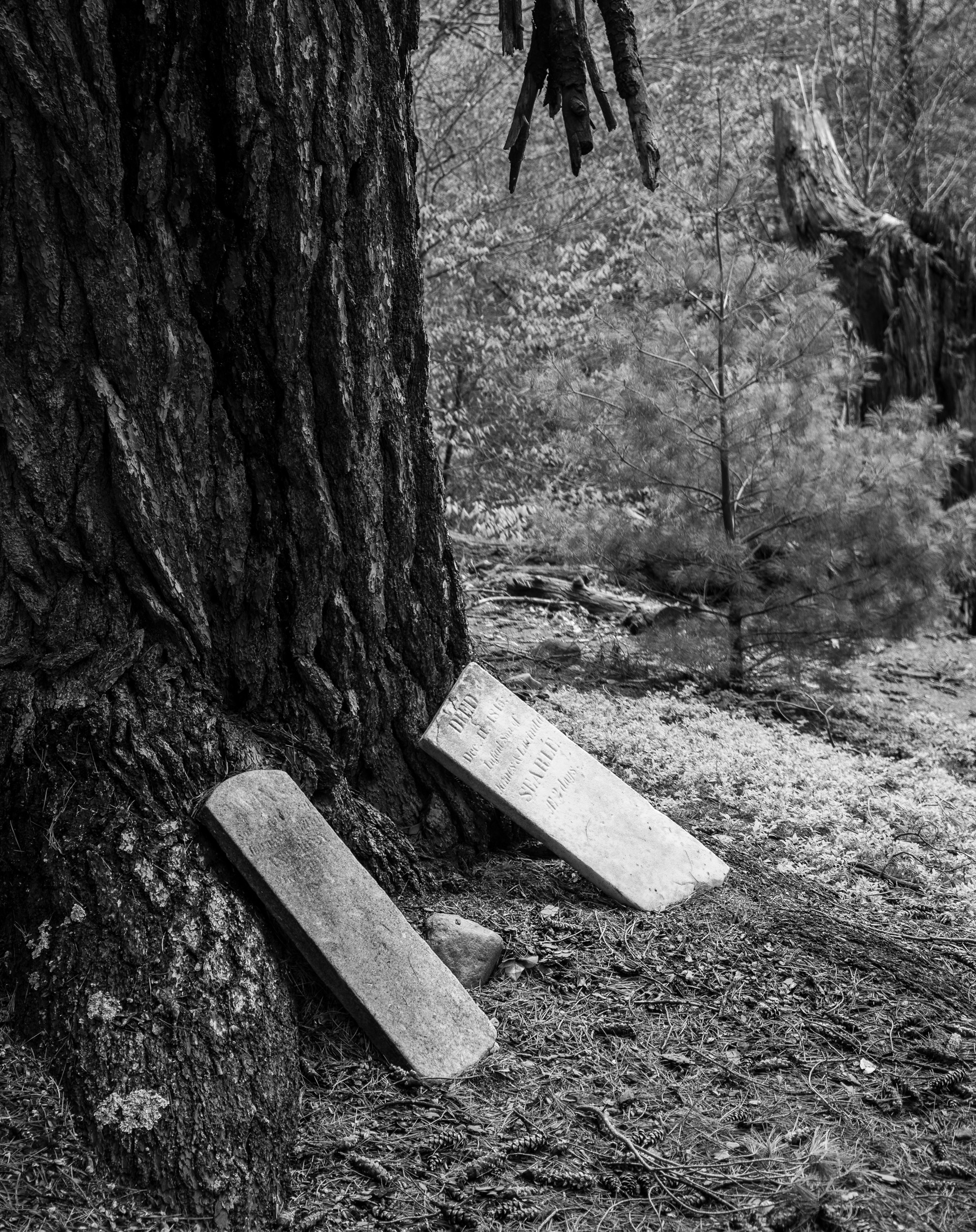These are the images from the 2011-2012 John Heinz, Allied Rehabilitation Calander.which we produce each year to benefit the pediatric rehabilitation programs at both campuses.
This is the third year for this publication, for which I am honored to supply the photographs. I thought it might be interesting to offer more information on the images that were ultimately chosen for this year’s calendar as well as the equipment used to acquire them. I hope it adds to the enjoyment for those who of you who have one hanging on your wall. If not, you can purchase one here.
Cover: White Horse at Hillside
Panasonic Lumix G1, Lumix 14-45 f3.5

It’s no coincidence that our cover images have tended to be
shot at this unique location.
The Lands at Hillside is a regional treasure, a non-for-profit organization whose mission is to preserve one of the most beautiful and historic farm properties in
Northeastern Pennsylvania: the historic Conyngham farm on Hillside road in Dallas Pennsylvania. The farm as currently run promotes sustainable agricultural practices, with grass-fed cows producing milk free of supplemental hormones. This milk can be purchased, along with many other natural food and craft items, at a retail outlet on the premises.
The farm also serves an educational site, where children and adults can be introduced to the dairy industry and milk production, as well as environmental issues. It is my honor to serve on the Board of Directors of this fine institution.
The image itself was captured in mid-February of 2010. I
recall hoping to photograph the animal out in the field, against a snowy
backdrop. However, a charming if frustrating characteristic of the species is
curiosity. Once a horse senses your presence, they invariably have to
investigate, a behavior that has spoiled many potential pastoral landscape
photos over the years. I do think however, that in this case, the image captures nicely,
this element of his personality.
January: Winter Scene, Bear Creek Lake
Nikon D2x, Nikkor 17-35 f2.8
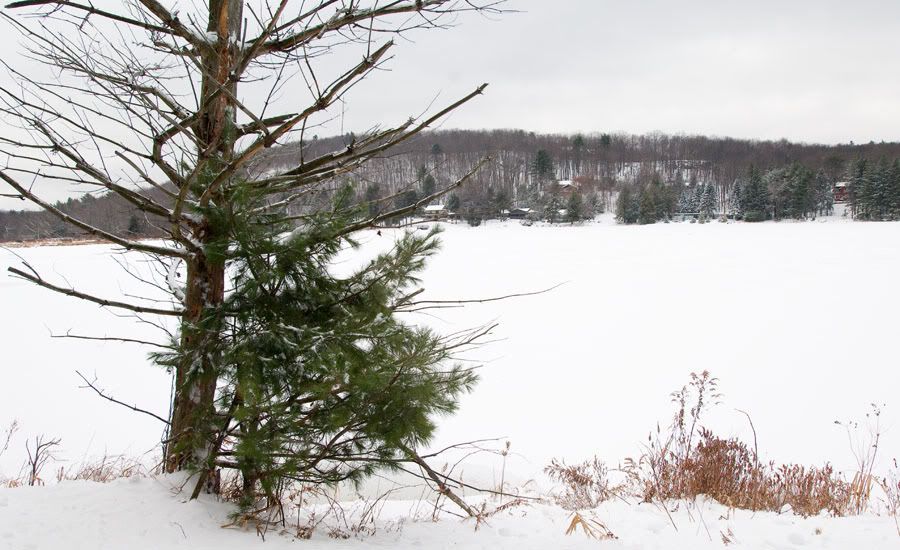
Bear Creek Village is a wonderful and historic summer resort community built around an impoundment at the confluence of several streams at the base of the Pocono Plateau.
The village and its surroundings are very picturesque and I often find
myself shooting there when conditions are right.
This image was captured in January of 2008 after a six-inch
snowfall freshened the appearance of the existing snowpack in our region.
The D2x combined with the excellent Nikkor 17-35mm f2.8 lens, allows
impressive depth of field and detail to be revealed.
February: Hemlock Temple
Nikon D7000, Nikkor 16-85 f3.5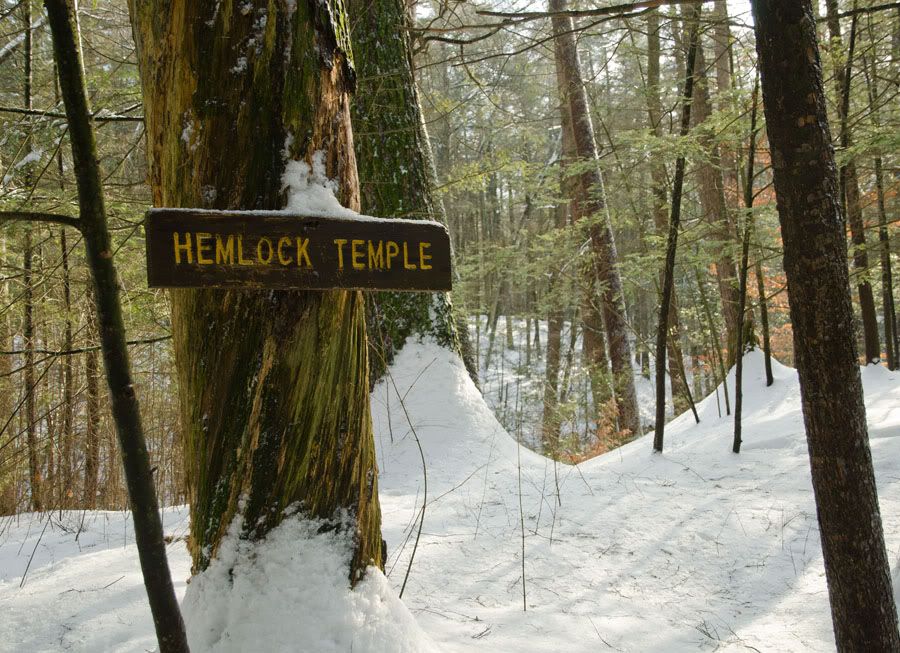
When most people think of Rickett’s Glen State Park, they tend to think of
the Falls Trail, and the multiple beautiful waterfalls along the way. There is
however another area in the park that I love to visit. On the south side of route 118, beyond Adams Falls, is an area known as the Hemlock Temple, an example of a
true old growth stand of White pines and Hemlock.
Though not quite as impressive as “Forest Cathedral” at Cooks Forest State Park in western Pennsylvania, it is beautiful nonetheless, with huge conifers, some of which were adolescents when Columbus reached our shores.
On that day last February, I was snow shoeing among those
stately giants. The snowpack was deep and the trail unpacked, as it is not well
visited in the winter. It was a bit of a struggle to explore.
I remember shooting this image the lens stabilized on the
crook of two crossed ski poles to dampen the effects of a bounding heartbeat.
It seemed to have worked.
March: Barn at Herrick’s Corners
Fujifilm S3Pro, Tokina ATX 28-80 f2.8
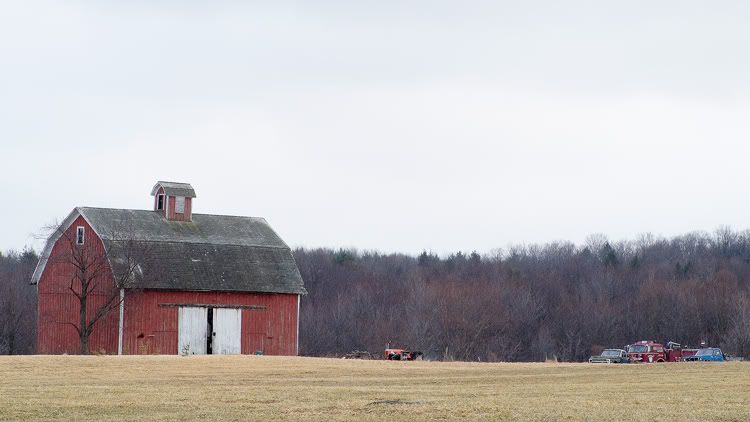
March in our part of the Northeastern
US is for me one of the most challenging photographic months.
Winter is fading leaving behind a landscape scarred by
snowplows and cinders. Nothing much will bloom until April. Opportunities for
shooting landscapes are slim.
March can also be a snowy month. Now I like snow, but by St Patrick’s Day,
most people want it to just go away. Those people probably include those of you who buy this calendar. So I usually try to find snowless images.
Given the lack of action in the natural world, I find myself
shooting a lot of images with barns and buildings in early spring.
This particular image was shot near the Elk Mountain
ski resort in Late March of 2006.
I like the collection of cars and farm equipment in the
field which I suspect remains there to this very day.
You can tell it’s late in the month by the slight red blush of the maple trees in the background as their buds swell in preparation for the warmer times coming.
April: Stone Wall, Lackawanna State Park
Nikon D2x, Nikkor 16-85mm f3.5
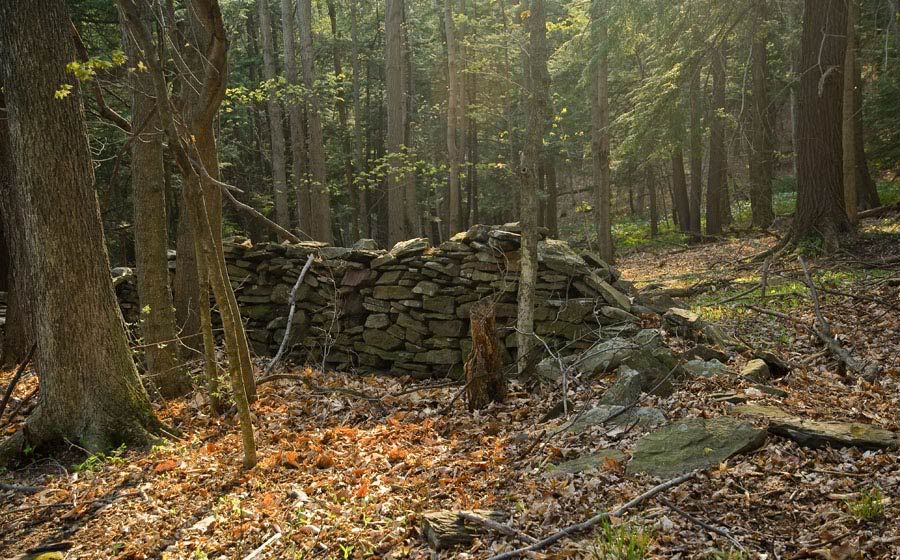
By April, particularly late April, things are starting to
happen. Buds are opening, trees and flowers blooming. In late April of 2008, I visited Lackawanna State Park. This is a nice “day use”
park with a number of nice visuals. I was particularly taken by the intricate network of
stone walls that exist throughout the park.
I was drawn to this scene in particular by the sunbeam that
broke through a gap in the hemlocks to illuminate the spot. I left the subtle sun flare in the image for the final version (it’s 2/3 of the way to the right, on the very bottom of the photo). I think it adds context to the image.
May: Spring Blooms in Butler Township
Panasonic Lumix GH1, Lumix 14-45 f3.5
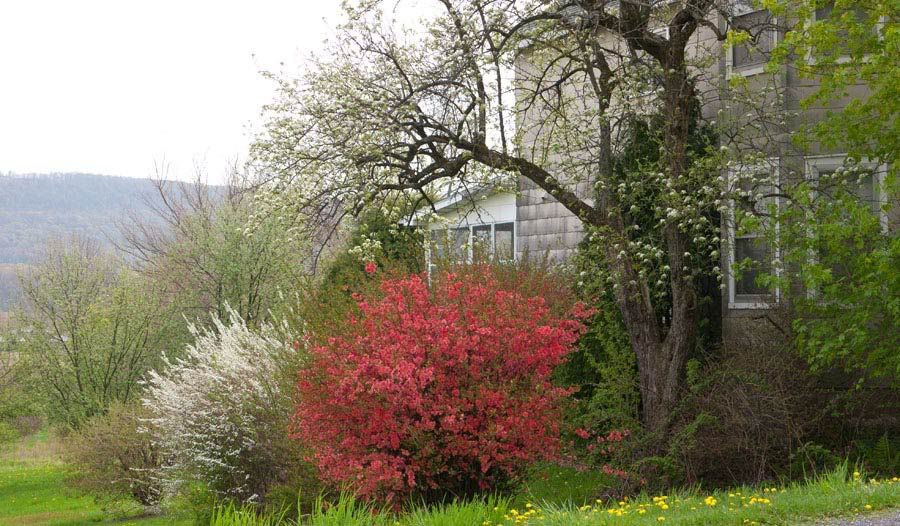
This spring seemed to take a long time to be fully realized.
April was wet and cold seemingly suppressing the “leaf out” until much later
than usual. In early May, we finally had a period of warm clear weather and the
foliage erupted with what seemed to be pent-up energy.
This image was shot near my office in Drums, after work was concluded for the day. The blooms to me seemed to be bursting out like fireworks, and I remember feeling grateful for the warm sun on my face, and for the thought that spring had finally, really arrived. It was featured in this article on the site.
June: Early Summer Corn, Hamlin
Fujifilm S5 Pro, Nikkor 16-85mm f3.5
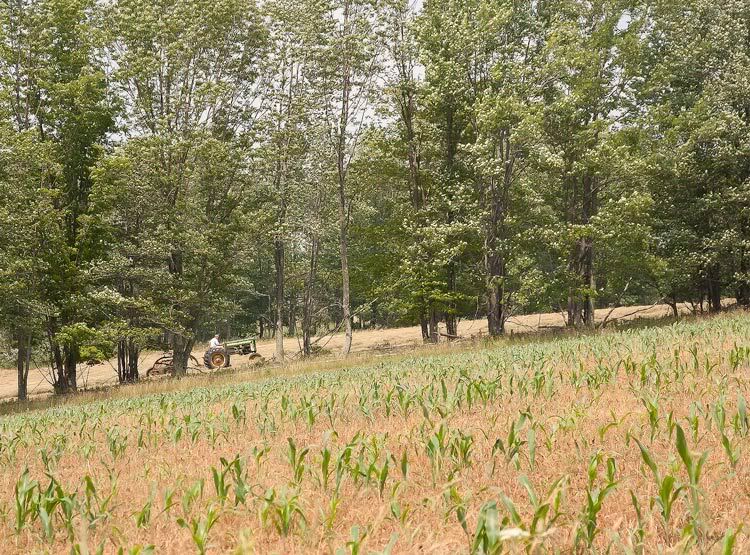
I found this scene in late June 2008, returning from Goose
Pond Boy Scout camp, having just dropped off my son for a week with his troop.
I remember driving past, and observing the farmer, cultivating his hilly fields. By the
time I stopped and set up he was driving downhill, which didn’t seem as
aesthetic. I waited until he turned around, and proceeded uphill again, before
tripping the shutter.
By the way, note once again, the use of the Nikkor 16-85mm
f3.5 on another Nikon mount DX sensored camera. This is a versatile, high
quality lens with image stabilization and crisp optics. It is a light,
relatively inexpensive lens that I find really useful. If you’re a Nikon DX
shooter, add it to your kit. You won’t regret it.
July: Kayaks on the Susquehanna
Olympus E 510, Zuiko 14-42mm f3.5

Some days and events remind me that life is wonderful.
In this case, it was a July Saturday in 2007 when my son Gus and I attended the annual river trip sponsored by the North Branch Land Trust. It was a wonderful event. We entered the river near Wysox, and “put out” at Laceyville. It was a great day. It is easy to forget what a wonderful resource is the Northern Susquehanna.
During the 4 hour river trip, we saw Bald Eagles, Blue Heron
rookeries and scenery gorgeous at a level that we don’t often connect with our
region.
I met a large number of friendly people.
I took this image at the lunch break when everyone “put in” on
the river bank. I was struck by the beautiful background and the brightly
colored kayaks in the foreground. The use of a circular polarizer on the lens really enhances the colors of the boats, the foliage, and the sky.
August: Monarch and Goldenrod.
Nikon D700, Nikkor 85mm f1.8
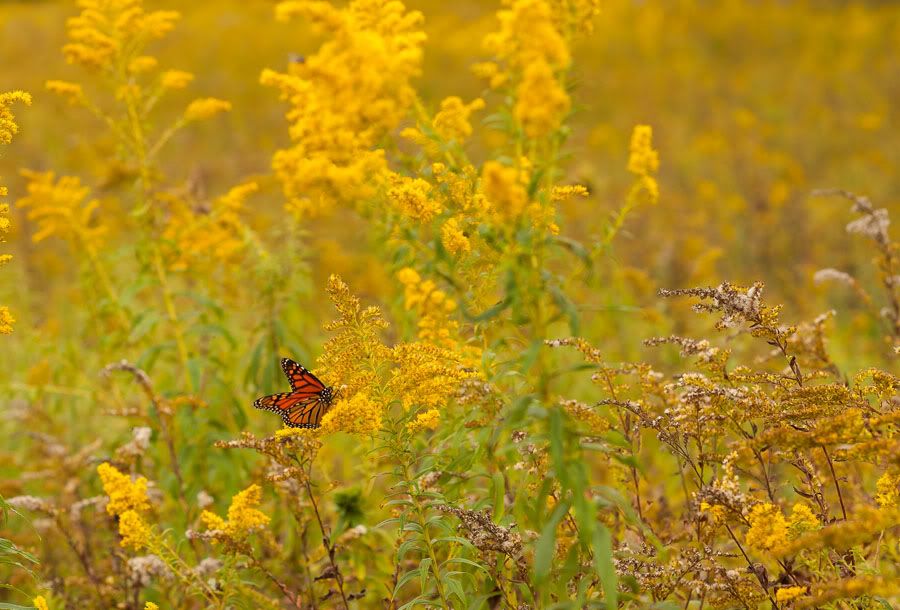
This was the scene on the Farmstead Trail at Nescopeck State Park which is essentially in my neighborhood.
It was a sunny late August day, and I decided to play around
photographically by limiting myself to the D 700 with a single prime lens. In
this case, I chose the Nikkor 85mm f1.8. I knew that the lens’ sharpness, and its ability to produce a shallow depth of field, would be major optical features to utilize.
I was walking in the middle of a field of goldenrod when I
spotted the Monarch wafting from cluster to cluster of the bright yellow
blooms.
To shoot this butterfly, I had to stalk him a bit, as he didn’t
seem to want to cooperate. Finally he landed near enough to me that I was able to frame
this image.
It was ultimately featured in an article on this blog called
“Eighty five millimeters”, which discussed shooting with a single focal length lens.
September: Black Eyed Susans at Hillside
Panasonic GH1, Lumix 20mm f1.7
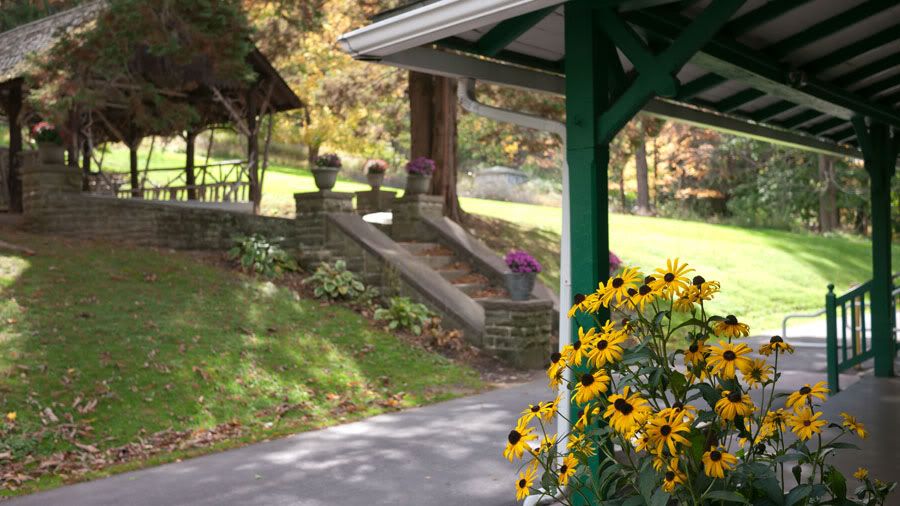
Once again The Lands at Hillside are the subject of
an image, in this case, take at the rear entrance to “The Cottage” a gorgeous
late 19th century summer “cottage” on the property that is
undergoing restoration.
The home has three stories, beautiful common rooms, multiple
guest rooms, original servants quarters, and a newly installed commercial
kitchen. It is truly spectacular facility, and is fast becoming a popular choice for weddings and other gatherings .
The small sensored GH1 normally isn’t the best choice for
shallow depth of field, but the Lumix 20mm lens I think pulls it off nicely
here.
October: Falls at Nay Aug Park
Nikon D700, Tokina 28-85mm f2.8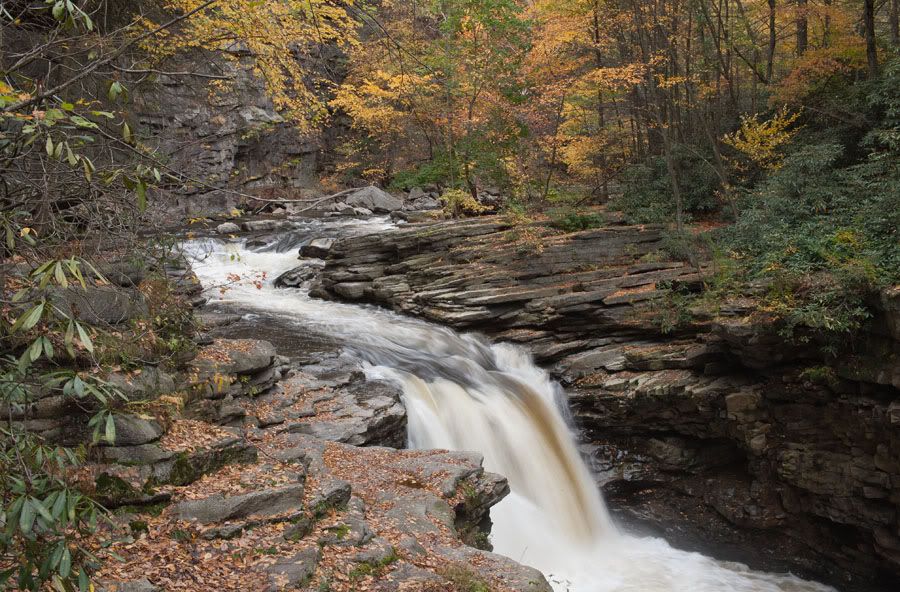
Nay Aug Park holds a lot of memories for me. Located on the eastern edge of Scranton
it has nice mix of facilities, including a pool complex, pavilions, and picnic areas.
There is also a trail that leads from the park down into a
gorge through which flows the aptly
named Roaring Brook. There is large waterfall with a deep splash basin
where generations of Scrantonians gathered their nerve to dive from the rocky
platforms above.
When we were students at the University of Scranton,
my wife and I often walked there in the evenings after class.
This image was captured from a tripod on observation
platform overlooking the falls in October of 2011. Note the lack of reds in the fall foliage,
the probable result of a fungus that particularly affected the maples, causing
their normally crimson leaves to “brown out”. It is said to be the result of the very wet summer and fall we have experienced this year. You can see the vertical version of this image in the article at the link.
November: Train Station at Hunlock’s Creek
Panasonic Lumix GH1, Lumix 45-200mm f4.0
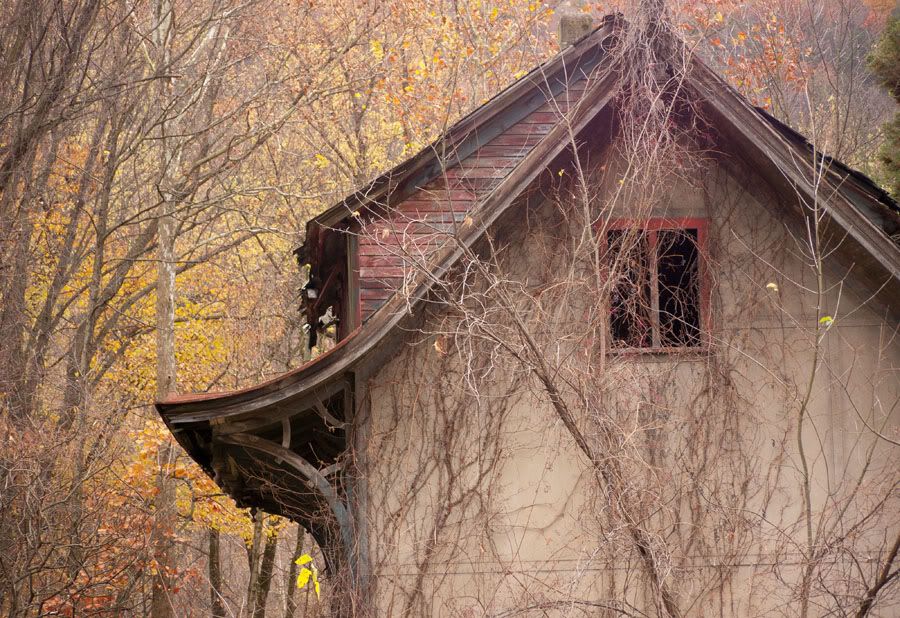
November, like March can be tough for photographers. In most
cases, around these parts, the foliage is gone and the scenery bland, if not
dreary. One needs to find either foliage that changes later in the season, or
a locale where the season is delayed. In this case I chose the latter tactic.
Last November, I took a drive along the Susquehanna River
south to Berwick, thinking that the since the river flows at the lowest
altitude in the region, I might have some luck with late fall color.
Driving down route 11 I have often noticed what I understand
to be an old abandoned train station. I pulled over and set up a tripod. I liked this angle in particular, emphasizing the buildings unusual “pagoda” architecture, and the clearly late fall look of the sycamores and maples. I used a telephoto focal length so that the trees
behind the building would be moved closer to the foreground.
December: Christmas Farm
Nikon D700, Tokina 28-80mm f2.8
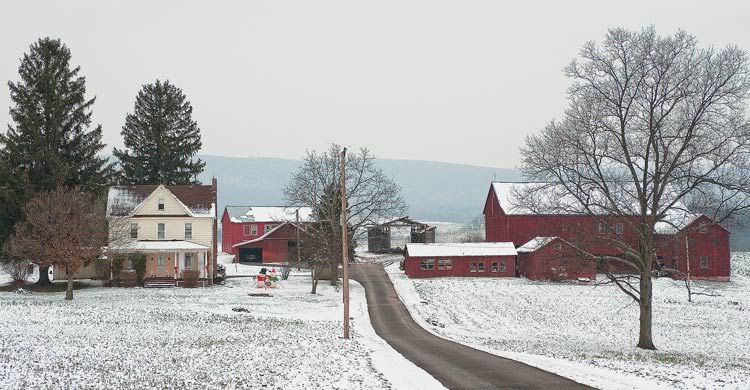
Although most of these images are shot in the course of day–to-day shooting, there are definitely times when I set out to capture an image depicting a particular month or season, for use in this publication, . December, for instance is definitely a time when I often shoot specifically for the calendar. I was thus pleased back in December of 2009 to come upon this scene, which to me evokes a sort of Norman Rockwell feel.
Now, photographing people’s properties is legal from a public road.
I am very careful not to trespass. If I have no permission from the owner,
I try to shoot scenes that only involve what a passerby might see driving
past.
Sometimes, people are suspicious when they see me with a
camera pointed at their home. It can be easier sometimes to avoid conflict and move on.
If the scene is really compelling, I will stop and explain. That usually works.
On this occasion I encountered this scene at 4:30pm in early
December 2009. There wasn’t much light so I set up a tripod, which takes a
little time. As I worked, a car pulled in to the driveway driven by the property owner. I introduced myself, and explained the calendar, it charitable purpose, and that his home might someday be featured. He was very friendly, and seemed excited at the prospect.
I hope he likes the image as much as we did.
January 2013: Engine at Gracedale
Fujifilm E900
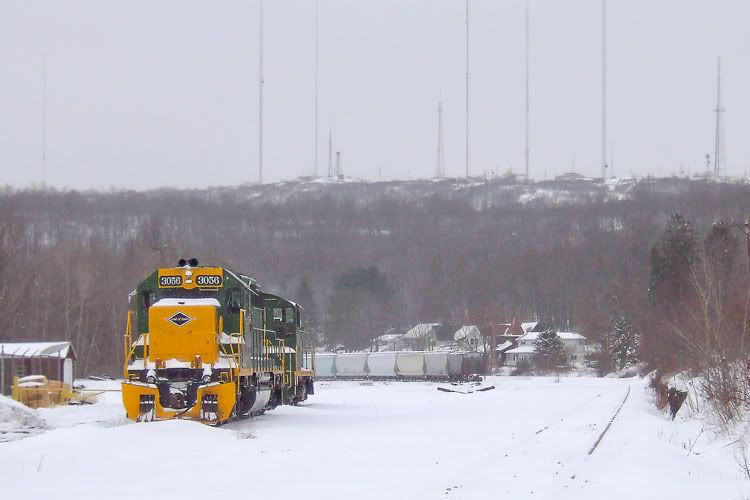
This image was taken at the Gracedale railroad yard, located along route 437 in Mountaintop,. It was taken late in the afternoon, and late in January of 2007. I recall that it was quite cold and that snow was just beginning to fall. I drive past this scene every day, but at that moment I was struck by the contrast between the bright green and yellow of the engine, and the dull greys and browns of the background.
The camera is an interesting little point and shoot, manufactured by Fujifilm.It was my “glove box camera”for many years. It produces great images and shoots in RAW, a rare feature for a compact camera in those days.
I have always like Fuji imagers. They have been known in the photographic community over the years for a flattering color profile, and high-resolution relative to the actual number of pixels on the chip. I have always felt that film manufacturers have a natural advantage for certain aspects of digital imaging, particularly in chip design (Kodak has produced nice imagers also). About three years ago, they stopped producing serious photo tools, filling their line with mediocre consumer cameras.
Now, Fuji is producing some wonderful cameras again. I have my eyes on several of their new offerings.
Back Cover: October day at Lake Scranton
Nikon D7000, Nikkor 16-85mm f3.5
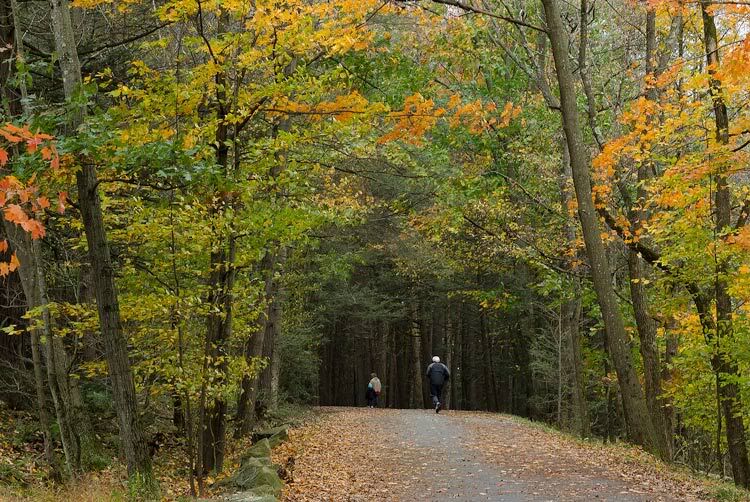
I have wonderful memories of Lake Scranton.
It’s another place where I courted my wife in college. I remember long walks
around the lake in the spring and fall.
I hadn’t been there in many years until I visited in October
of this year, camera in hand.
Things have changed a bit. I remember walking a gravel foot
path. Now there is a paved road around much of the lake. The scenery is lovely; a jog around the lake remains a wonderful way to spend an hour or so exercising in the outdoors, minutes from the city.
I walked around a portion of the lake wanting an image
depicting the usual activities that occur there. We thought that this image makes
sense as a rear cover, given the vantage point from which it was shot.
Well, thanks for visiting. Feel free to explore the rest of the site. We love to get feedback.
If you bought one of our calendars, thanks for helping the children.
